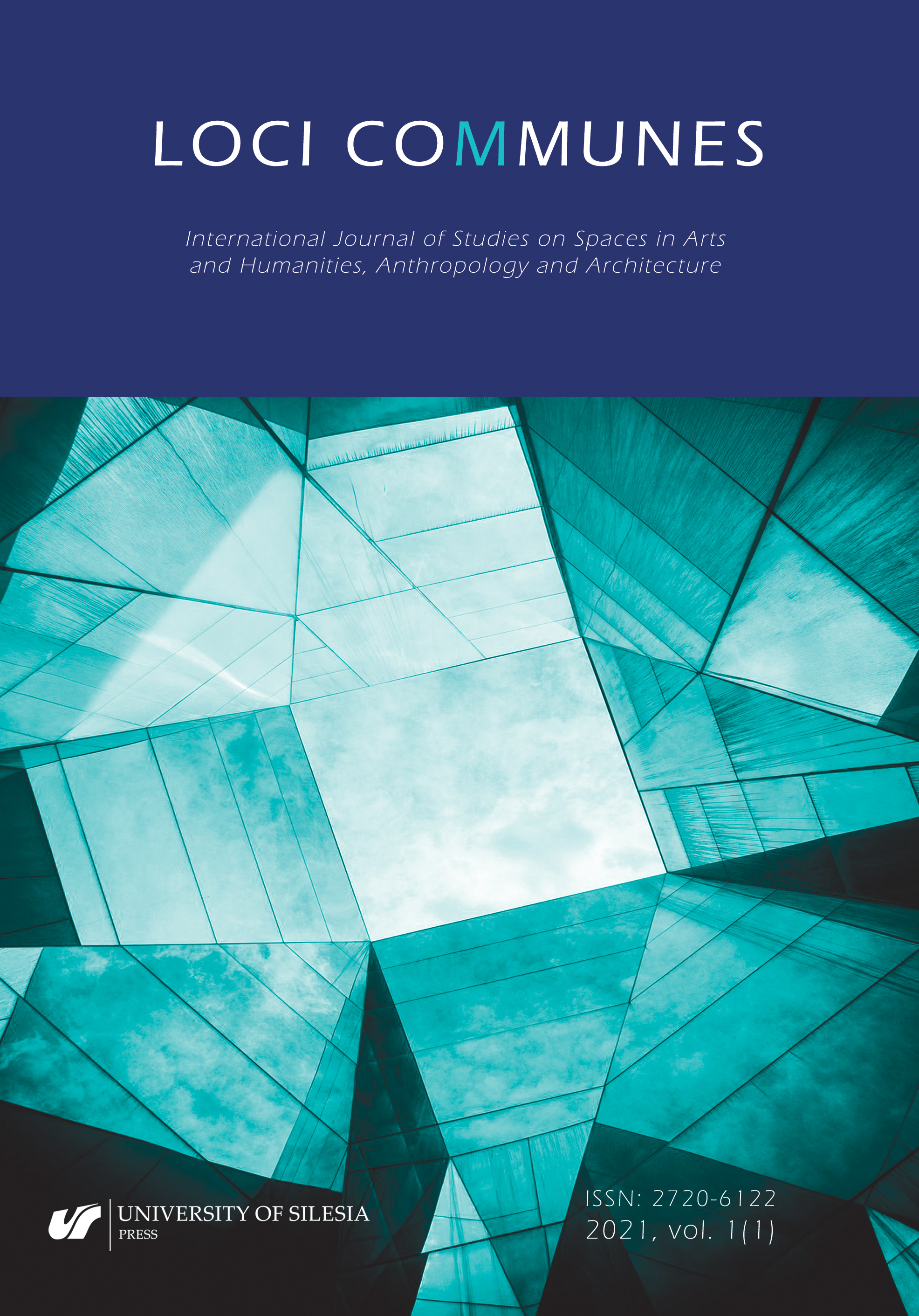Nonvisual Legibility and the Coherence of Space: A New Theoretical Framework with Examples of Its Implementation in Empirical Research
Nonvisual Legibility and the Coherence of Space: A New Theoretical Framework with Examples of Its Implementation in Empirical Research
Author(s): Zuzanna BoguckaSubject(s): Architecture, Visual Arts, Sociology of Art, History of Art
Published by: Wydawnictwo Uniwersytetu Śląskiego
Keywords: legibility; coherence; nonvisual perception; experiment;user-centred design;
Summary/Abstract: The legibility and coherence of space are informative qualities as they facilitate the understanding and exploration of the environment. They also function as categories in architectural and urban design theory, as well as environmental psychology. The approaches of those disciplines, including their contemporary continuations, evolved from Lynch (1960) and are based solely on the visual qualities of the environment. In this article, I argue that relying only on the visual scope of human-environment relations is insufficient for inferring the user’s perception of the environment as legible and coherent and evaluating design solutions from the users’ perspectives. The proposed revised theoretical framework combines architecture and urban design perspectives with environmental psychology and broadens concepts of legibility and coherence. The revised framework combines the visual scope of the legibility and coherence with other aspects of human-environment relations by referring them to multisensory perspective, social and spatial functioning, levels and characters of stimulation, and affective appraisal of the environment. To show how we can address this broadened approach to legibility and coherence in empirical research, I present two examples of experimental research using bimodal research materials. They present how nonvisual qualities contribute to legibility and coherence and how they can be measured (tested) during the data-driven evidence-based design process. The first experiment investigates the relationship between the qualities of soundscapes and the social functioning of users. The second covers the tactile and haptic dimensions and their connections with blind and visually impaired users’ spatial functioning.
- Issue Year: 1/2021
- Issue No: 1
- Page Range: 1-39
- Page Count: 39
- Language: English

